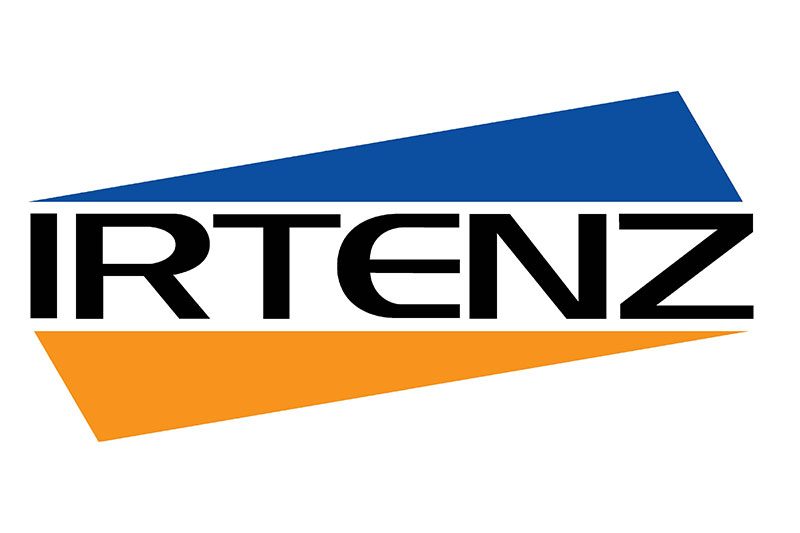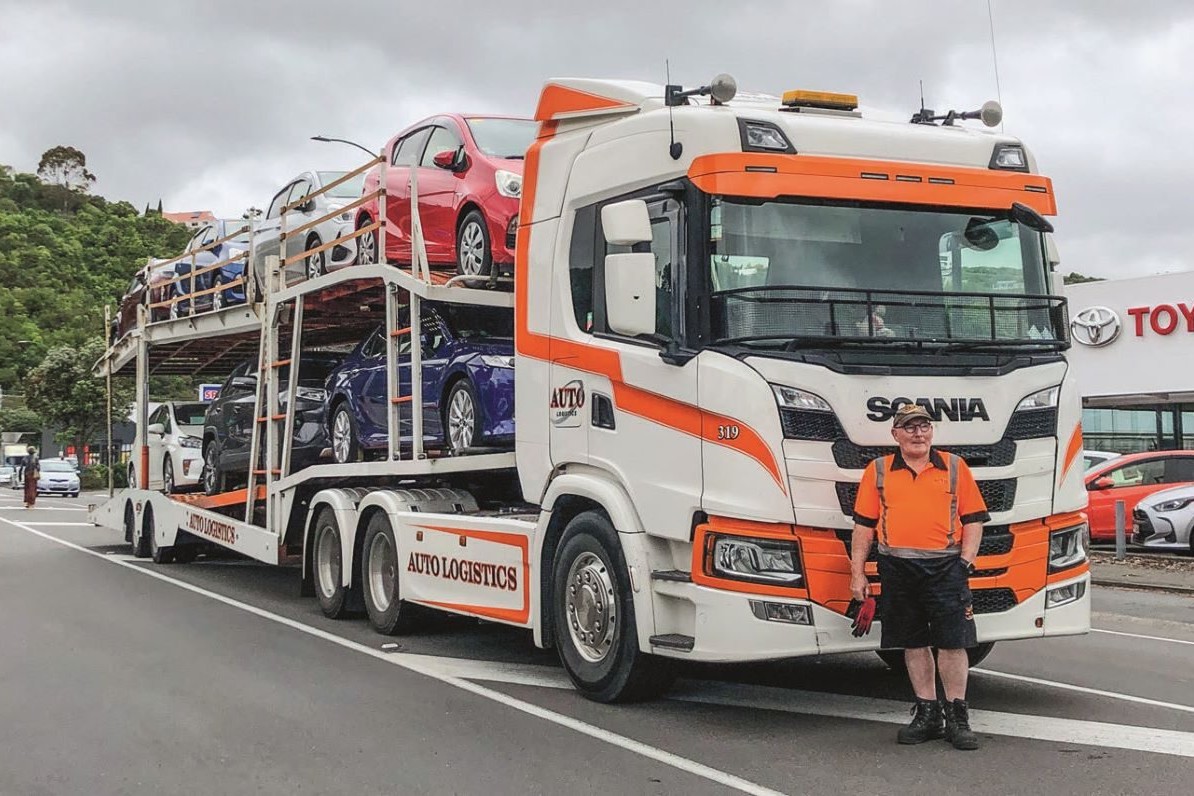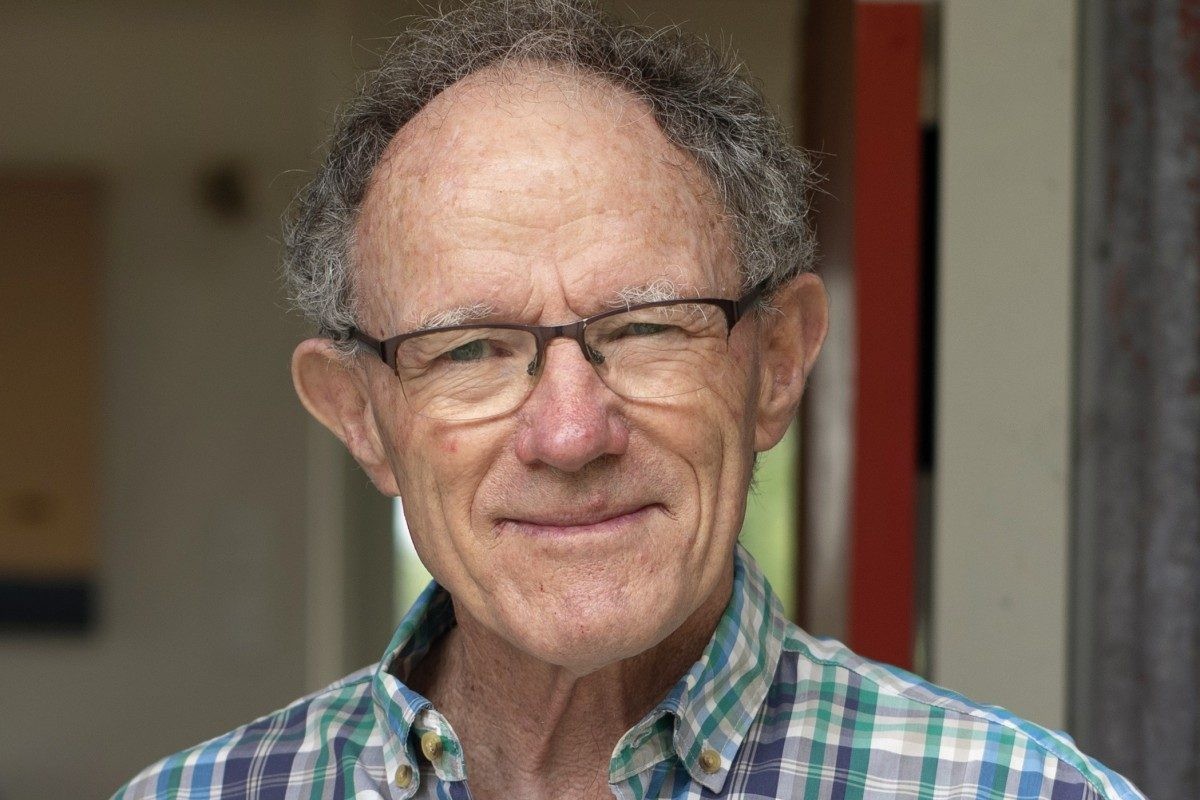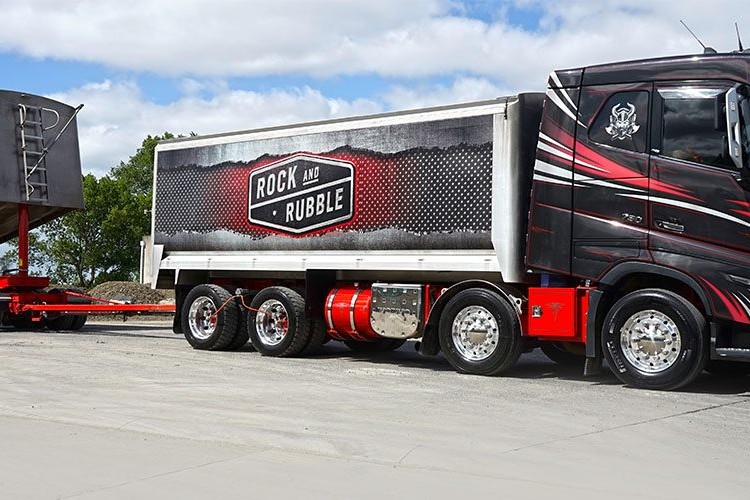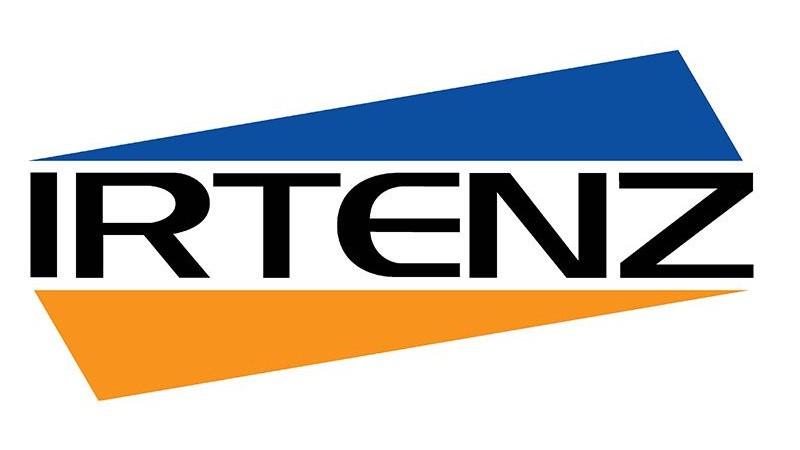
Last November, the 2023 IRTENZ 18th international conference, themed Future Highways – Future Vehicles, brought together speakers from New Zealand and throughout the world to present the latest developments on key transport matters, including vehicle productivity and efficiency, road safety, legislation and policy and infrastructure. In the previous issue of New Zealand Trucking, we looked at the challenges facing our workforce, including skills shortages, immigration, education and training. Next up, we look at performance-based standards.
Les Bruzsa – National Heavy Vehicle Regulator, Australia, says the issues facing the road freight industries in Australasia will persist for the forseeable future, and performance-based standards (PBS) are an option to resolve some of those challenges.
“The demand for road freight is not going away. It’s important in Australia; it’s important in New Zealand,” Bruzsa says.
“In Australia, we are trying to match the vehicles to the limitations of the network. We have four levels for access, which is slightly different than here in New Zealand.
“So, what have we achieved with PBS? The scheme was introduced in 2008, and currently we have more than 19,000 PBS combinations. And this year, we have already approved more than 3100 PBS combinations, so the penetration of PBS into the prospective fleet is increasing.”
Bruzsa says more than 5200 transport operators are using PBS combinations in Australia.
“The penetration is just huge. It’s not just a niche market anymore. It’s not just the big end of town. We have lots of single operators as well.
“And based on our conservative populations, we saved 4.2 billion truck kilometres. Now, if you just think about the past year, we saved around 800 million kilometres. And if I look at the last crash data that says we have 10.3 fatal crashes per 1 billion kilometres, we’ve saved eight or nine lives. And that’s another key important message. It’s not just productivity, but it’s safety.”
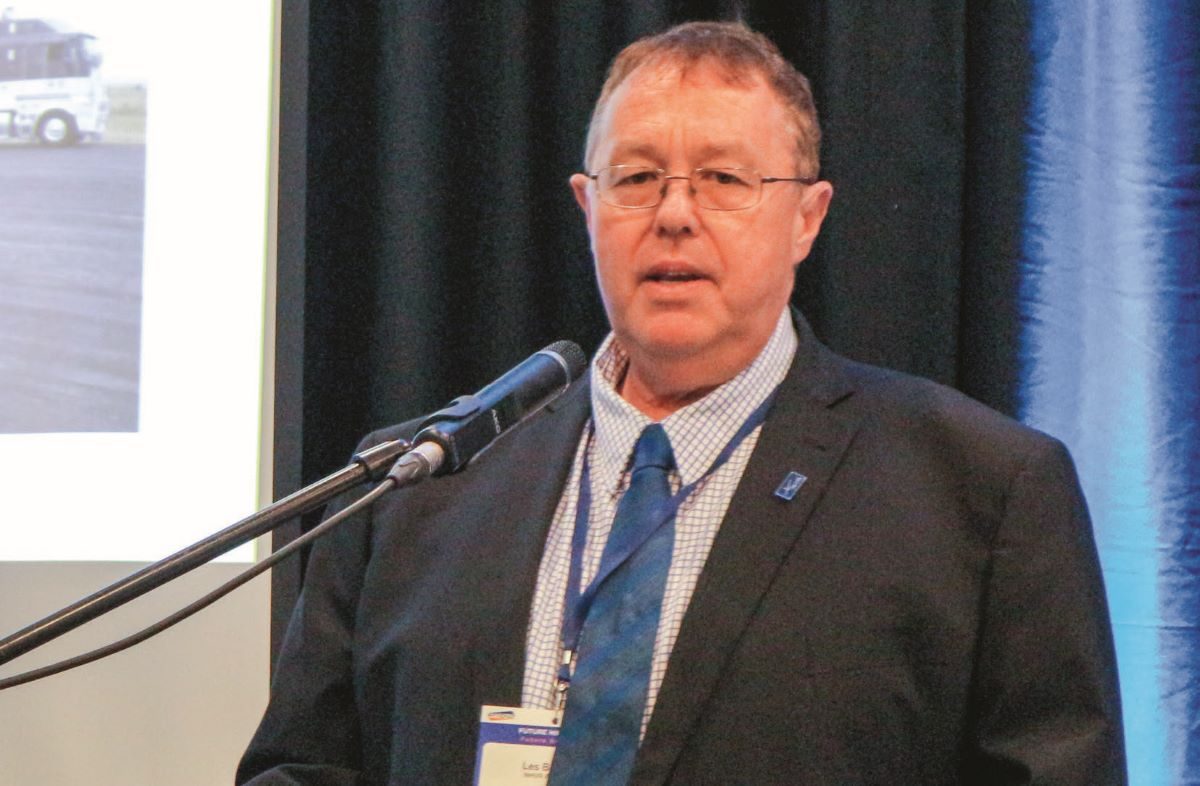
According to John de Pont, director at TERNZ, performance-based standards for regulating size and weight arose from a study undertaken by the Road Transport Association of Canada in the early 1980s.
Canada has a federal government structure, where size and weight regulation was dictated by the authorities within those provinces.
“When road transport first started, that made perfect sense because trucks all ran locally. But over time, of course, there’s more and more long-haul trucking,” de Pont says.
“And you found a situation where there was no single truck design that could drive all the way across Canada because the regulations were different. And, so, the study was looking at how to harmonise this. PBS was used as a way of quantifying the safety performance of these vehicles.”
In 1984, in New Zealand, there was an industry push to increase the gross mass limit from 39 tonne to 44 tonne. PBS measures were used to look at the implications of what that weight would mean.
“Between 1999 and 2004, we had a heavy vehicle limits project,” says de Pont. “We looked at two scenarios: Scenario A was retaining the same dimensions that we have but increasing the weights into 55 tonne across the whole network. Scenario B looked at longer vehicles operating on highways with limited access to the major state highway network.
“This was a large-scale project, and two of the seven work streams, both the safety and the geometrics of the road space requirements, were done by a PBS analysis, both by simulation and by some physical testing.”
However, de Pont says that’s as far as it went. “Basically, the economics were heavily debated. Some of the economic studies said it would work. Others said the cost of upgrading the road network was too high to warrant it. And, so, in the end, nothing happened.”
In 2002, the vehicle dimension rule was created, where all regulations across the government were consolidated into a single rule.
“The PBS standards were reviewed in 2017, and we ended up with 13 performance-based
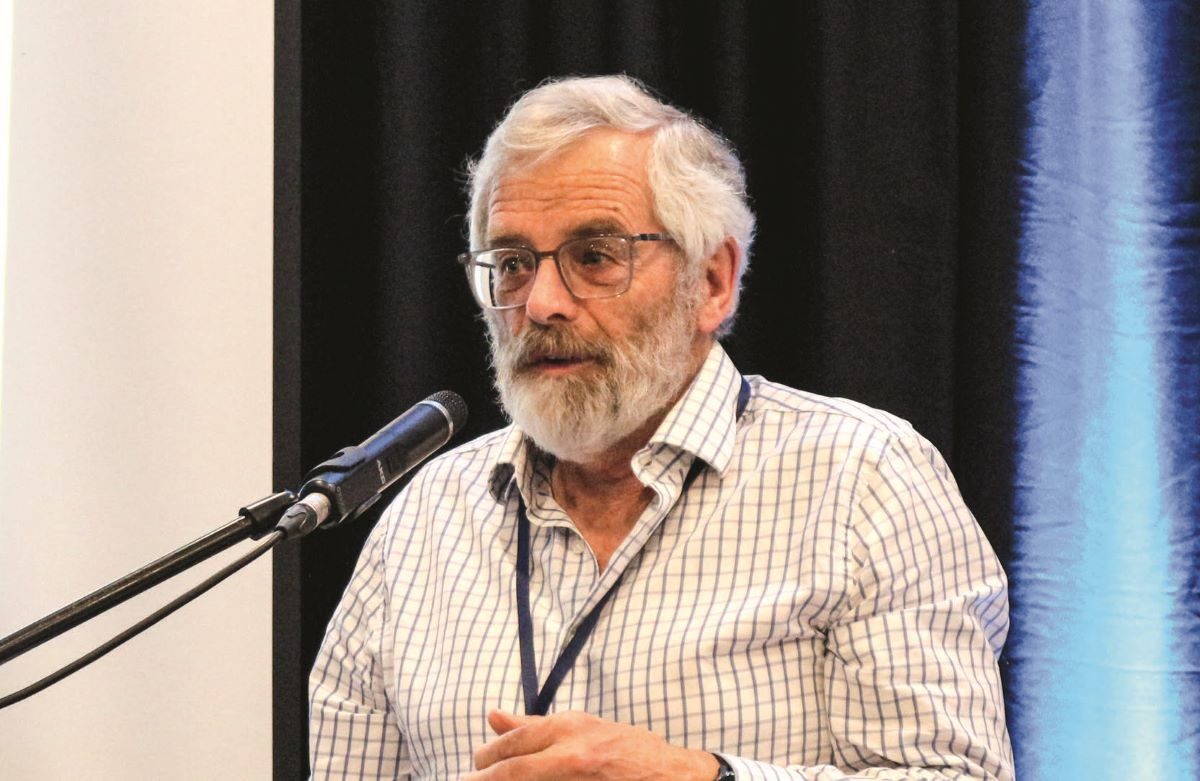
standards. But they’re actually more restricting than the ones we had been using beforehand.”
Australia, like Canada, has a federal government structure, with six states and two territories. “Size and weight regulations were under state control. They decided to start to develop a PBS system for size and weight in the late 1990s, and their original concept was very fundamentalist. So, they wanted to try and create a PBS system that required no prescriptive limits whatsoever,” says de Pont.
The final set of PBS requirements was implemented in 2008 and consisted of four infrastructure standards and 16 safety standards.
“The PBS system was included in national heavy vehicle law in 2014. Mapping between the PBS pass-fail levels, four levels of PBS passing and the existing infrastructures was not totally seamless,” says de Pont.
“The states insisted on doing route assessments to determine which PBS vehicles could go on which roads, so there are vehicles still limited by length and width and height and axle loads and bridge formula.”
Comparing the two, de Pont says the Australian approach is much more rigorous. “Basically, every vehicle must be assessed, and the results are specific to very particular vehicle parameters,” he says.
“In New Zealand, we use the proforma- design-templated approach, which uses relatively conservative parameters for suspension characteristics and tires.
“Basically, if you meet the proforma-design template, we can pretty much guarantee that you will meet all of the standards, regardless of which suspension or which tires you use. This approach is a lot cheaper than the Australian approach, but we probably aren’t squeezing the maximum possible out of each configuration.”
There are significant differences between the two approaches, de Pont says. “Even though the PBS standards are similar, they’re not the same. Why the differences? This is purely speculative on my part. I guess there are differences between the two operating environments.
“Our roads are hillier and narrower than Australia’s, and so our low-speed turning- performance requirements are quite a lot tighter.
“Australia already had these large vehicles operating, so they had roads that were suited to large vehicles, and we don’t have that. So, it’s hard to say whether the New Zealand approach would have worked in Australia or if their approach would’ve worked here.”
Gavin Hill, GM strategy and delivery in Australia, Transport Certification Australia, says the aim of the PBS framework reflects a broader trend in the transport sector to establish a consistent approach to how digital technology and data are utilised across the industry.
“Transport Certification Australia was established in 2005 to provide assurance around the use of digital technologies and data,” Hill says.
“One of the key policy objectives that transport ministers wanted to put in place 20 years ago was to ensure that we had a nationally consistent approach to technology and data.
“In the past, we had fragmented approaches to road transport, where you had different rules and regulations proliferating across the country.
“So over the course of 20-odd years, we’ve led a programme of work with road agencies, the NHVR, other regulators, and most importantly, the technology sector, to deliver a structured programme of work that enables the use of technology and data in a standardised, consistent way that avoids the need for transport operators, the users of technology, to adhere to different standards, different technology requirements, and so forth.”
Hill says one of the things that underpins the National Telematics Framework in Australia and New Zealand is the structured relationship between authorities, technology providers and transport operators.
“These structured relationships enable standardisation, consistency and, ultimately, a performance-based approach to technology and data. And that extends to what we know and love today as PBS vehicles,” he says.
Hill says there is a problem of too much data. “It’s easy to drown in data, and just because you might think data is a good idea to collect, usually less is more,” he says.
“The challenge is to turn data into information and insights, and this is easier said than done. There are lots of people who believe they do it well. But I’m going to say that very few do it well. We are still at a very early stage in the transport sector around understanding how we can use data to our advantage and how we can drive those kinds of insights.”
Hill says that in Australia, the industry faces big problems. “We have infrastructure constraints, fiscal constraints – money’s tighter than ever in this environment and will be for some time. We have a growing freight task and we have a growing population, so the equation looks rather grim,” he says.
“But you need clever collaborative people to come together to work through innovative approaches, which in many cases involves the use of vehicle technologies and data.
“And this, at its core, changes the way we approach problems and the way we look at heavy operations and compliance.”


